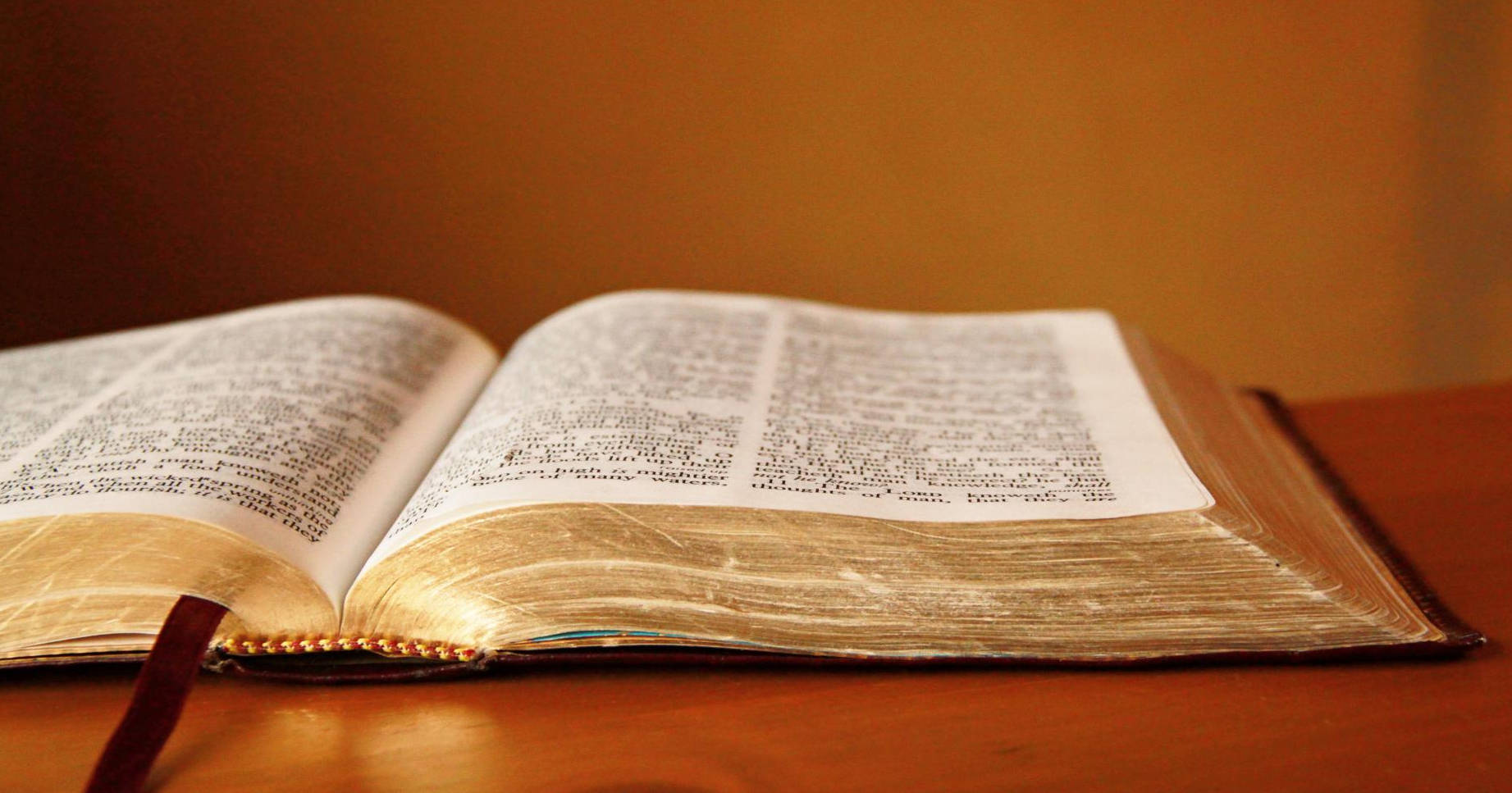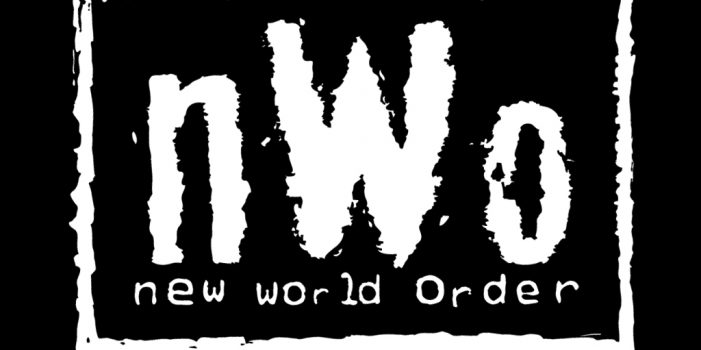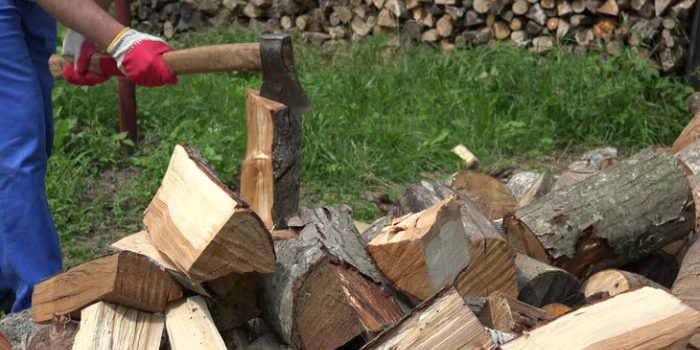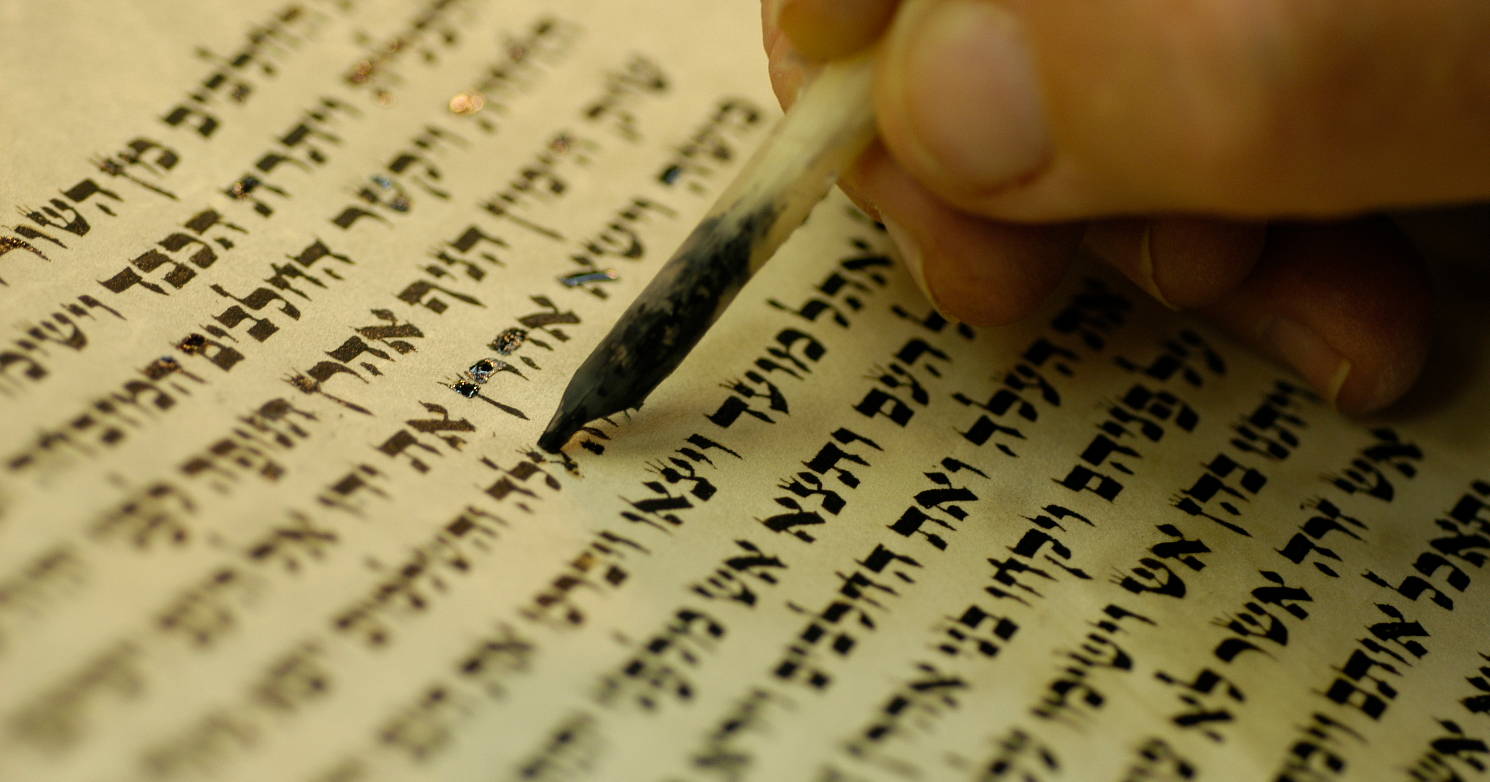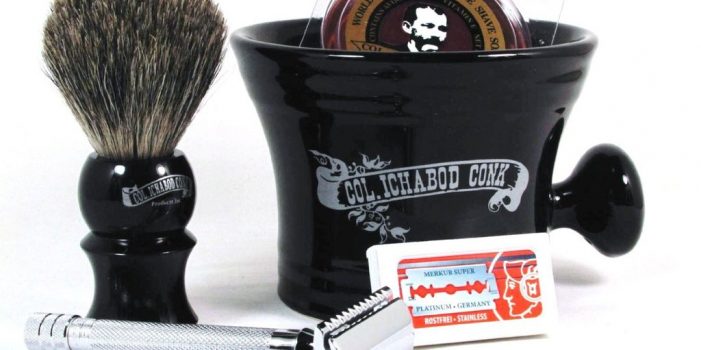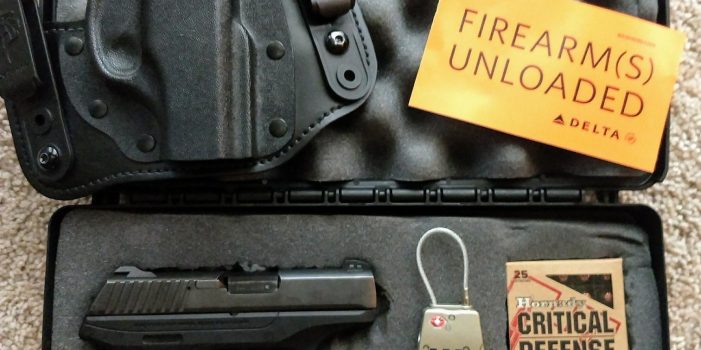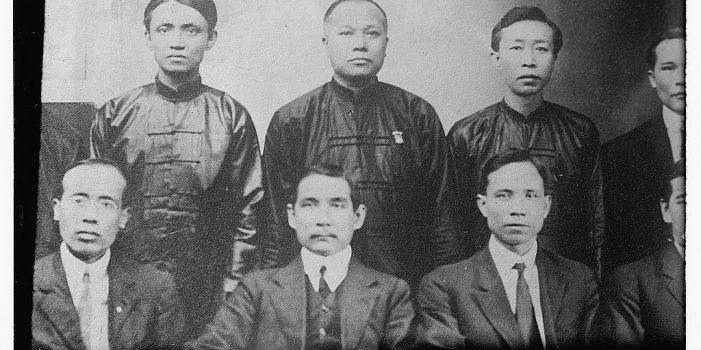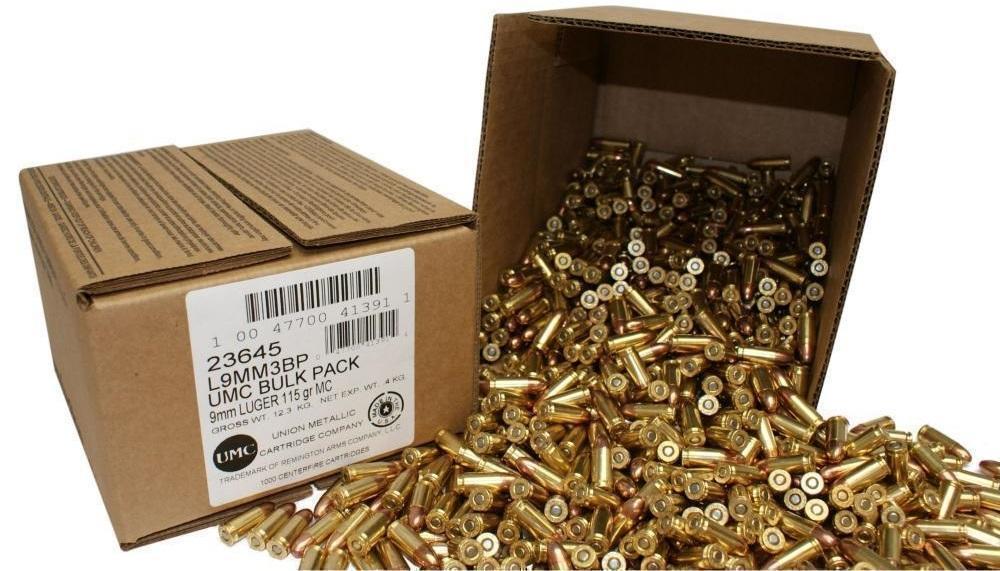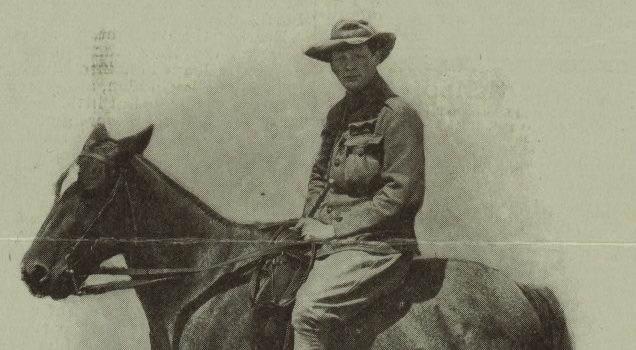“To whom coming, as unto a living stone, disallowed indeed of men, but chosen of God, and precious, ye also, as lively stones, are built up a spiritual house, an holy priesthood, to offer up spiritual sacrifices, acceptable to God by Jesus Christ.” 1 peter 2:4-5 (KJV)
- Ad Civil Defense ManualClick Here --> The Civil Defense Manual... The A to Z of survival. Looks what's in it... https://civildefensemanual.com/whats-in-the-civil-defense-manual/
- Ad SIEGE belt: the original unmatched action belt. Proven in many unexpected situations on wearers' daily routines & travels. Engineered for extreme durability, performance, comfort & stunning looks. The only effective EDC you can take anywhere.SIEGE STOVES: prep for adventure/crisis with the ultimate ultra-compact survival stove. SIEGE BELTS: prized by those in the know. Blazing fast. Stunning appearance. USA-made.
Preparedness Notes for Saturday – April 28, 2018
April 28th is the birthday of Aimo Johannes Lahti. (Born in 1896.) This clever Finn designed (or co-designed) an amazing array of weapons including the L-35 Lahti pistol, Suomi M-31 SMG, the Lahti-Saloranta M/26 LMG, the the famous Lahti L-39 20mm anti-tank rifle, and even the 20 ItK 40 (a 20 mm dual anti-aircraft cannon.)
- Ad Ready Made Resources, Trijicon Hunter Mk2$2000 off MSRP, Brand New in the case
- Ad Survival RealtyFind your secure and sustainable home. The leading marketplace for rural, remote, and off-grid properties worldwide. Affordable ads. No commissions are charged!
Guest Post: How The Globalism Con Game Leads To A ‘New World Order’, by Brandon Smith
When globalists speak publicly about a “new world order” they are speaking about something very specific and rather sacred in their little cult of elitism. It is not simply the notion that civilization shifts or changes abruptly on its own; rather, it is their name for a directed and engineered vision — a world built according to their rules, not a world that evolved naturally according to necessity.
There are other names for this engineered vision, including the “global economic reset,” or the more general and innocuous term “globalism,” but the intention is the same. The ultimate goal of the new world order as an ideology is total centralization of economic and governmental power into the hands of a select and unaccountable bureaucracy made up of international financiers. This is governance according the the dictates of Plato’s Republic; a delusional fantasy world in which benevolent philosopher kings, supposedly smarter and more objective than the rest of us, rule from on high with scientific precision and wisdom. It is a world where administrators become gods.
Such precision and objectivity within human systems is not possible, of course. Human beings are far too susceptible to their own biases and personal desires to be given totalitarian power over others. The results will always be destruction and disaster. Then, add to this the fact that the kinds of people who often pursue such power are predominantly narcissistic sociopaths and psychopaths. If a governmental structure of high level centralization is allowed to form, it opens a door for these mentally and spiritually broken people to play out their twisted motives on a global stage.
- Ad STRATEGIC RELOCATION REALTYFOR SALE: Self-sustaining Rural Property situated meticulously in serene locales distant from densely populated sanctuary cities. Remember…HISTORY Favors the PREPARED!
- Ad California Legal Rifles & Pistols!WBT makes all popular rifles compliant for your restrictive state. Choose from a wide range of top brands made compliant for your state.
Editors’ Prepping Progress
To be prepared for a crisis, every Prepper must establish goals and make long-term and short-term plans. Steadily, we work on meeting our prepping goals. In this column, the SurvivalBlog editors review their week’s prep activities. They also often share their planned prep activities for the coming week. These range from healthcare and gear purchases to gardening, property improvements, and food storage. This is something akin to our Retreat Owner Profiles, but written incrementally and in detail, throughout the year. We always welcome you to share your own successes and wisdom in the Comments. Let’s keep busy and be ready!
JWR
Dear SurvivalBlog Readers,
We’ve had great weather for the past week. It is great seeing the transition from Mud Season. Our pastures are greening up. It is now joy to get out in the woods here at the ranch with my chainsaw, cutting up deadfall trees. I prefer larch and red fir, but when clearing deadfall, I of course can’t be choosy. So inevitably there are several other types of fir and some western red cedar mixed in. The cedar trunks make awesome fence posts, while their smaller diameter tops make great kindling, when I split them small.
My other tasks at the ranch this week included:
- Decanting some stored gasoline into smaller containers for our quads and rototiller.
- Mixing a fresh 2.5 gallon batch of 2-cycle gasoline for our chainsaw.
- Putting out some D-Con in the straw shed and under the house. (Both are places that the local wood rats can get to, but our barn cats can’t.)
- Organizing and coiling our assortment of AC power extension cords. (I use the contractor method.)
- Pulling the first of the garden hoses out of storage, to get ready for irrigating.
- Constructing a reinforced wire mesh lid for the chick enclosure. (To prevent the adult chickens from destroying the lid.) The new lid uses a stiff hog panel as backing for small mesh poultry wire.
This week I also took advantage of a jump in Bitcoin (to over $9,100 USD) to buy some more guns, stripped AR lowers, and gun parts. Many of the parts were sold to me by BOLD Arms–a small company in Arizona that gladly accepts direct crypto currency payments. In the past five months, I’ve liquidated 90% of my Bitcoin holdings. Half of that went to my kids and to church donations. For the rest of the liquidation, I waited for “up” days and then bought tangibles directly, rather than selling BTC through exchange services. FWIW, I’ll still hold on to “a bit of Bitcoin”, but I’ll sleep better knowing that I’m more firmly invested in tangibles. I should also mention that my kids subsequently chose to turn about half of the Bitcoin that I gifted them into silver. They made no mention of a desire to blow it on clothes or gadgets. That never even entered their minds. I marvel how practical homeschooled kids can be!
- Ad USA Berkey Water Filters - Start Drinking Purified Water Today!#1 Trusted Gravity Water Purification System! Start Drinking Purified Water now with a Berkey water filtration system. Find systems, replacement filters, parts and more here.
- Ad LifeSaver 20K JerryCan Water PurifierThe best water jerrycan you can buy on the market! Mention Survivalblog for a Free Filter ($130 Value)
The Survivalist’s Odds ‘n Sods:
SurvivalBlog presents another edition of The Survivalist’s Odds ‘n Sods— a collection of news bits and pieces that are relevant to the modern survivalist and prepper from “HJL”.
Second Amendment
The Oklahoma House just passed a “Constitutional Carry” gun bill. Senate Bill 1212 still needs to pass, but they are well on the way. Considering that the fees for obtaining a permit range upwards of $300, it has been suggested that the revenue rather than the safety of citizens is important to the state. Here is to hoping that they end up with Constitutional Carry. Thanks to H.L. for the link.
o o o
While not actually about the Second Amendment, we’re still placing it here since it’s about personal protection. In England, where obtaining a firearm is very difficult and self-defense is not considered a reason for owning one, one grandmother shot her would be, machete wielding attacker in the gut with a crossbow. My favorite quote from her is: “The bolt I shot him with was dirty because I had been using it. It was six inches long and disappeared into him.” With only an estimated 12 foot-pounds of energy, it’s not exactly a killing blow, but maybe he’ll get an infection. Unlike Australia, crossbows are still legal in England. Sadly, hers has been taken as evidence so she’s down to carrying a knife in her pocket. Hey, you use what you’ve got. Thanks to DSV for the link.
- Ad USA Berkey Water Filters - Start Drinking Purified Water Today!#1 Trusted Gravity Water Purification System! Start Drinking Purified Water now with a Berkey water filtration system. Find systems, replacement filters, parts and more here.
- Ad Trekker Water Station 1Gal Per MinuteCall us if you have Questions 800-627-3809
The Editors’ Quote of the Day:
“Moreover, they shall teach My people the difference between the holy and the profane, and cause them to discern between the unclean and the clean.” – Ezekiel 44:23 (KJV)
- Ad Click Here --> Civil Defense ManualNOW BACK IN STOCK How to protect, you, your family, friends and neighborhood in coming times of civil unrest… and much more!
- Add Your Link Here
Preparedness Notes for Friday – April 27, 2018
On this day in 1789, the crew of the British ship Bounty mutinied, setting Captain William Bligh and 18 sailors adrift in a launch in the South Pacific.
o o o
We are still looking for entries into Round 76 of the SurvivalBlog Writing Contest. If you have an idea about something you’ve been meaning to share with other preppers, now is an excellent time to write it up and send it in to us.
o o o
SurvivalBlog Writing Contest
Today features another entry for Round 76 of the SurvivalBlog non-fiction writing contest. The nearly $11,000 worth of prizes for this round include:
First Prize:
- A $3000 gift certificate towards a Sol-Ark Solar Generator from Veteran owned Portable Solar LLC. The only EMP Hardened Solar Generator System available to the public.
- A Gunsite Academy Three Day Course Certificate. This can be used for any one, two, or three day course (a $1,095 value),
- A course certificate from onPoint Tactical for the prize winner’s choice of three-day civilian courses, excluding those restricted for military or government teams. Three day onPoint courses normally cost $795,
- DRD Tactical is providing a 5.56 NATO QD Billet upper. These have hammer forged, chrome-lined barrels and a hard case, to go with your own AR lower. It will allow any standard AR-type rifle to have a quick change barrel. This can be assembled in less than one minute without the use of any tools. It also provides a compact carry capability in a hard case or in 3-day pack (an $1,100 value),
- Two cases of Mountain House freeze-dried assorted entrees in #10 cans, courtesy of Ready Made Resources (a $350 value),
- A $250 gift certificate good for any product from Sunflower Ammo,
- Two cases of Meals, Ready to Eat (MREs), courtesy of CampingSurvival.com (a $180 value), and
- American Gunsmithing Institute (AGI) is providing a $300 certificate good towards any of their DVD training courses.
Second Prize:
- A Model 175 Series Solar Generator provided by Quantum Harvest LLC (a $439 value),
- A Glock form factor SIRT laser training pistol and a SIRT AR-15/M4 Laser Training Bolt, courtesy of Next Level Training, which have a combined retail value of $589,
- A gift certificate for any two or three-day class from Max Velocity Tactical (a $600 value),
- A transferable certificate for a two-day Ultimate Bug Out Course from Florida Firearms Training (a $400 value),
- A Three-Day Deluxe Emergency Kit from Emergency Essentials (a $190 value),
- A $200 gift certificate good towards any books published by PrepperPress.com,
- RepackBox is providing a $300 gift certificate to their site.
Third Prize:
- A Royal Berkey water filter, courtesy of Directive 21 (a $275 value),
- A large handmade clothes drying rack, a washboard, and a Homesteading for Beginners DVD, all courtesy of The Homestead Store, with a combined value of $206,
- Expanded sets of both washable feminine pads and liners, donated by Naturally Cozy (a $185 retail value),
- Two Super Survival Pack seed collections, a $150 value, courtesy of Seed for Security, LLC,
- Mayflower Trading is donating a $200 gift certificate for homesteading appliances, and
- Two 1,000-foot spools of full mil-spec U.S.-made 750 paracord (in-stock colors only) from www.TOUGHGRID.com (a $240 value).
Round 76 ends on May 31st, so get busy writing and e-mail us your entry. Remember that there is a 1,500-word minimum, and that articles on practical “how to” skills for survival have an advantage in the judging.
The Simple Things, by The Watchman
So you think you have this prepping thing pretty much down pat by now? Or are you new to this world of prepping? You have your water filters, generators, fuel, guns, ammo, food stores, medical supplies, a bug out vehicle, and heating elements. You have researched, taken courses, practiced drills and you have completed a mock bug out. If you said “yes” to any of this small list, you are already off to a good start. But sometimes we overlook the simple things we need in order to get by day to day.
List of Essential Things
One of the things I have done in my own life is to do a daily, weekly, and monthly list of all the essential things I use on a regular basis. I was surprised with the results, and it made me switch gears on some of my preparations. I would like to highlight a few of these for all of you. It might make the gears in your head turn as well. I have made this list based on a total collapse long-term scenario.
Prescription Glasses
The first thing I do every morning when I wake up besides cursing my alarm clock is to put on my glasses. I wear contacts when I am in public, due to the ability to wear sunglasses with them. However, when I am at home I wear my glasses. This got me thinking that obviously I would run out of contact lenses at some point in a catastrophic scenario, but my glasses are absolutely essential. Where would I get new glasses in a collapse scenario? Are the ones I am wearing durable enough to handle the daily rigors of living like a pioneer. Without my glasses I would be quite useless. I immediately put at least two extra pairs of durable, updated prescription glasses on my list of essential purchases.
Letter: Flying Commercial Airlines With a Weapon
JWR, Hugh, and SurvivalBlog Readers,
As an avid proponent and practitioner of concealed carry, I responded with mixed emotions when my wife informed me that her latest business trip would require us to travel to one of the most progressive-liberal enclaves in the state of Florida: South Beach, Miami, second home of the Kardashians. Unable to procure a last-minute and long-term kennel to board our dogs for an extended road trip, flying was the only choice. The airline provided by her company for our trip: the NRA-bashing Delta Airlines.
Unable to remember the last time I was without my concealed carry pistol, or at the very least one in my vehicle, you can imagine my concern. After watching some videos on YouTube and reading several articles on the Internet, I decided to take the plunge and carry one of my pistols with me. I know people fly with firearms all the time, but this would be my first time and being me, I automatically assumed the worst.
Continue reading“Letter: Flying Commercial Airlines With a Weapon”
Economics & Investing For Preppers
Here are the latest items and commentary on current economics news, market trends, stocks, investing opportunities, and the precious metals markets. We also cover hedges, derivatives, and obscura. And it bears mention that most of these items are from the “tangibles heavy” contrarian perspective of JWR. (SurvivalBlog’s Founder and Senior Editor.) Today’s focus is on the possibility of a coming Euro collapse. (See the Forex section.)
Precious Metals:
Gold Prices Unchanged Following Mixed Durable Goods Data
Global Economy:
Japan will reach 2% inflation target and can begin reducing stimulus in five years, BOJ’s Kuroda says. JWR’s Comments: The Japanese Nikkei Average fell from a high of 40,000 at the end of 1989 to under 15,000 by 1992. Then their real estate prices followed suit, with a 60% decline. With the exception of a few years and the effects of artificial stimulus, the Japanese economy has been in a demographics-driven DEPRESSION for more than 35 years. They were the first country to attempt ZERO interest rates, for stimulus. And even that hasn’t worked. So now we are told that “just five more years” of artificial stimulus should do the trick! The sad fact is that the Japanese economy is a basket case. Japan is a country where they sell more adult diapers than they do baby diapers. If you attempt to fight a demographic sea change with monetary policy, you will lose. You fight a demographic war with demographic weapons. Unless the birth rate in Japan increases radically, by the year 2100, Japan will probably become a quaint retirement haven province of China. The United States and the EU nations should learn from Japan’s mistake and ban abortion! A birth rate that does not exceed a mere replacement rate is tantamount to national suicide, in the long term.
The Editors’ Quote of the Day:
“When we undertake a task, we should not falter from first to last until the task is accomplished; if we fail, we should not begrudge our lives as a sacrifice-this is what we mean by loyalty. The ancient teaching of loyalty meant sometimes death.” – Sun Yat-Sen
Preparedness Notes for Thursday – April 26, 2018
On April 26, 1986, one of the world’s worst nuclear accidents occurred at the Chernobyl plant in the Soviet Union. An explosion and fire in the No. 4 reactor sent radioactivity into the atmosphere; at least 31 Soviets died immediately.
A 21st Century Tangibles Investing Rationale
I often have people ask me: “Why do you stress tangibles investing, Mr. Rawles?” In my estimation, tangibles always trump intangibles. I have three primary reasons why I distrust intangibles::
First: Nearly all intangible investments are denominated in fiat currencies. Because of this there is an underlying currency inflation, revaluation, or repudiation risk. Even when buying stock in the safest, most secure and impeccably-managed company it still has some risk when the investment is denominated in Dollars. Ditto for Dollar-denominated bonds. Ditto for redeemable life insurance policies and annuities. Ditto for business investments. Ditto for money market funds. Ditto for certificates of deposit (CDs). Whenever you have any investment that is denominated in a fiat currency, there is the risk of degradation of the currency unit itself. It is only tangibles that have innate, intrinsic, and intuitively obvious value that is not vulnerable to the whims of international currency markets, interest rate changes, or government insolvency.
The second reason is that most intangible investments represent a debt taken on by someone else. When your deposit funds in a financial institution, nearly all of it is loaned to a private party, a company, or a government. So your investment’s security is dependent on someone or some entity having the willingness and ability to earn a profit and consistently pay down that debt. In essence, the vast majority of investments are buying someone else’s liability. But a personally-held tangible is something of substance that has true intrinsic value, in and of itself. That rock solid value is not dependent on the action or inaction of any individual, corporation, or government.
The third reason is that they are outside of one’s personal control. Your very best intentions have little or no influence on the bad intentions of others. The news headlines are replete with tales of how people have their investments wiped out: Bad corporate management, government ineptitude, corruption, pilfering, swindling, embezzling, “official” confiscation, and wholesale larceny. We also live in the electronic age, so many investments are mere digits in computers. Thus, they are vulnerable to hacking, EMP, solar flares, and various other risks to the power grids. In contrast, a tangible that you keep at home in your personal control is only subject to your own failings. Granted, there are vulnerabilities to rust, mold, and theft. But each of those can be mitigated with proper planning, secure storage, and some concealment. (And in the modern context, I would add: Concealment of the paper trail of your acquisition of a tangible. I recommend that you pay in cash or cryptocurrency for most of your investment tangibles. This will minimize the risk of confiscation by thieves with badges.)
Continue reading“A 21st Century Tangibles Investing Rationale”
The Survivalist’s Odds ‘n Sods:
SurvivalBlog presents another edition of The Survivalist’s Odds ‘n Sods— a collection of news bits and pieces that are relevant to the modern survivalist and prepper from “HJL”. Big brother is watching you through your friendly spy. Guess who?
The Outdoors Are Not Safe
Penn State University administration has ruled that the outdoors are just too dangerous for their student body. Three clubs, the Outing Club (A wilderness camping club), the Nittany Grotto Caving Club and the Nittany Divers SCUBA Club have been determined to have too high a risk to allow students to participate in any planned outings. The administration did not meet with the clubs, making the decision without any input from the clubs themselves. Apparently, the part that bothered the administration is that the clubs routinely took students to areas where there was no cell phone coverage and they were unable to communicate with others. Hmmm, I think that’s kind of the point of wilderness camping. Thanks to A.N. for the link.
Holocaust? What’s That?
The Washington post ran an article showing that two thirds of American millennials surveyed in a recent poll cannot identify what Auschwitz is. Twenty-two percent of those surveyed said they had never of the Holocaust (or weren’t sure they’d heard of it). Of course eleven percent of American adults say the same thing. With nearly 1.3 million people having been deported to Auschwitz for extermination during World War II, it makes you wonder what kind of history is being taught in our public schools. I guess the cry “Never Again” is becoming “never mind”. Without teaching about these horrendous acts of man, we are doomed to repeat them. Thanks to G.P. for the link.
The Editors’ Quote of the Day:
“Never give in–never, never, never, never, in nothing great or small, large or petty, never give in except to convictions of honor and good sense. Never yield to force; never yield to the apparently overwhelming might of the enemy.” – Winston Churchill

